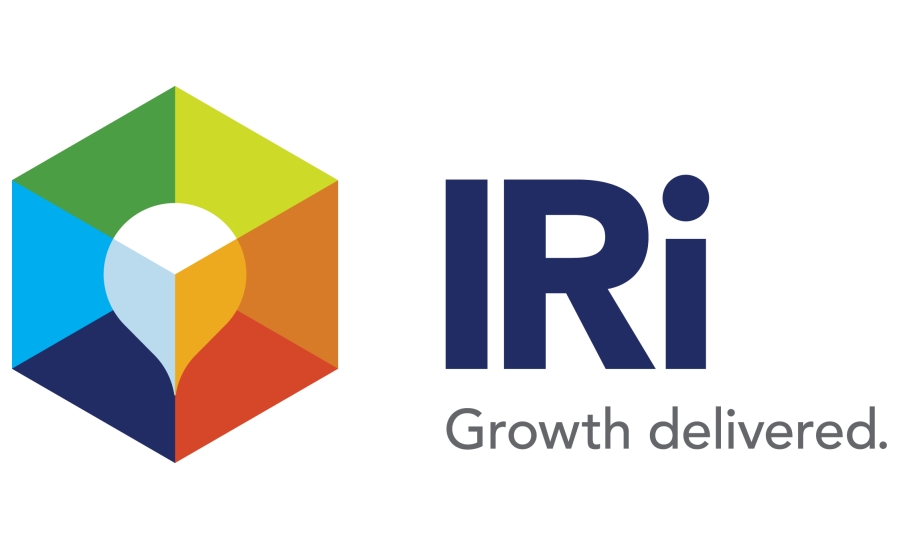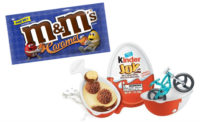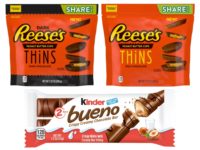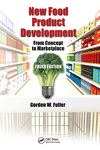IRI's 2019 New Product Pacesetters highlights breakout year for both food and beverage and nonfood launches

IRI has announced the release of its 2019 New Product Pacesetters, the 25th annual report highlighting the most successful new product launches across food and beverage, nonfood and convenience store sectors.
Both large and small companies were successful in 2019, thanks to consumers’ willingness to embrace an expanded range of product types and attributes. However, the big story of 2019 was the return of the blockbuster product launch. Six food and beverage New Product Pacesetters earned more than $100 million in multioutlet channels, as did four in the nonfood and beverage category. The last time the food and beverage category had at least six products break the $100 million mark was in 2012.
“It’s not just that these products eclipsed the monumental $100 million plateau, but this year’s 10 $100 million-plus launches account for 33 percent of all Pacesetter dollars, accentuating that big is back,” said Joan Driggs, vice president of Content and Thought Leadership for IRI.
Both large and small companies found success in their own ways
In 2019, 53 percent of New Product Pacesetters came from small companies (less than $1 billion in sales). Small companies are typically able to innovate quickly, demonstrate flexibility and act faster than their larger counterparts. The challenge for smaller companies is typically distribution power, but thanks to the “Shark Tank” effect, products like Kodiak Cakes Power Waffles, chickpea-based Banza noodles and biodegradable, flushable Dude® Wipes were able to get noticed and distributed.
Big companies also made a splash in 2019, accounting for 24 percent of New Product Pacesetter products and half of Pacesetter dollars. While smaller brands have smaller budgets and typically rely on nontraditional media outlets, big brands dedicated 25-30% of sales dollars to advertising. For example, Gatorade G Zero saw $154 million in multioutlet sales in 2019 and spent $39.5 million on advertising, according to Kantar Media reports. In contrast, the number one food and beverage New Product Pacesetter, Bang® Energy drinks, spent $2,200 on traditional media but generated almost $300 million in multioutlet sales.
“If only one thing is true about New Product Pacesetters year in and year out, it’s that the formula for a winning product, no matter the size of the company, is having the right product in the right place at the right time for the right consumer,” said Driggs. “This year’s New Product Pacesetters stand true to that testament, with both small and large brands achieving success thanks to smart distribution strategies and personalized targeted marketing initiatives.”
Food and beverage leaders highlight better-for-you attitudes
While 2018 New Product Pacesetters’ top 10 primarily featured sweet and indulgent foods and beverages, 2019’s top 10 shifted toward natural, pure and non-GMO ingredients. In 2019, three of the top 10 and 25 of the top 100 food and beverage New Product Pacesetters offered non-GMO benefits, with products including SlimFast Keto, PERDUE SIMPLY SMART Organics and Arnold, Brownberry and Oroweat Sandwich Thins.
A brand that exemplifies innovation and better-for-you attributes is number two on the food and beverage New Product Pacesetters list, Enfamil NeuroPro, a revolutionary baby formula that features milk fat globule membrane, which is found in breast milk and supports cognitive development in brain structure and function. This one-of-a-kind baby formula is the first major scientific enhancement in the baby formula market since DHA fortification became FDA approved more than two decades ago.
|
2019 New Product Pacesetters: Top 10 Food and Beverage Brands ($ Millions) |
|
|
1. Bang® |
$299.4 |
|
2. Enfamil® NeuroPro™ |
$230.5 |
|
3. G® Zero™ |
$154.4 |
|
4. Bubly™ |
$116.3 |
|
5. Arnold®/Brownberry®/Oroweat® Sandwich Thins™ |
$103.2 |
|
6. Corona® Premier |
$101.8 |
|
7. Cheez-It® Snap’d™ |
$88.7 |
|
8. SlimFast® Keto |
$76.2 |
|
9. Perdue® Simply Smart® Organics |
$70.7 |
|
10. Pop-Tarts® Bites |
$68.3 |
Source: IRI Market Advantage
Innovation before the "New Normal"
“Only time will tell how consumers’ behaviors will change from the pre-COVID-19 world to the one we are living in today, but brands that want to thrive will need to adjust their strategies, sometimes dramatically, to reflect the new normal,” said Larry Levin, executive vice president, Market and Shopper Intelligence and Thought Leadership, IRI. “When we look at how new products were developed and distributed during a similar economic period, the Great Recession, we see ample opportunity for manufacturers and retailers to adjust their innovation strategies in order to keep winning.”
About the report
The IRI “2019 New Product Pacesetters” report is available exclusively from IRI. The findings of this report were compiled based on insights from IRI’s New Product Innovation Practice’s powerful suite of analytical and decision-making tools, as well as the 2020 IRI New Product Survey. To download the full report, visit https://www.iriworldwide.com/en-US/Insights/Publications/New-Product-Pacesetters-2019.
Looking for a reprint of this article?
From high-res PDFs to custom plaques, order your copy today!








